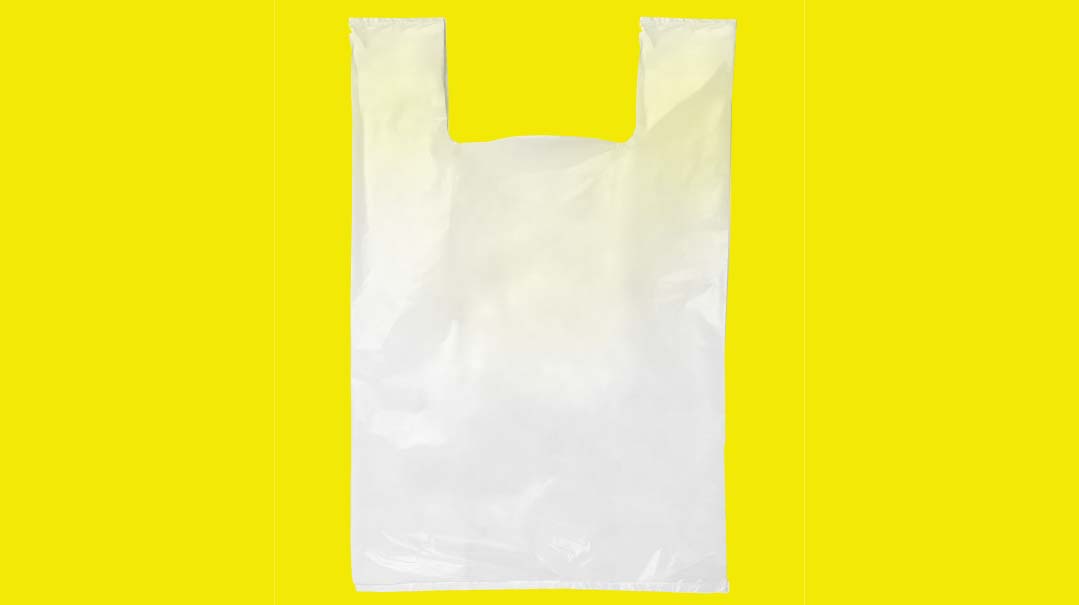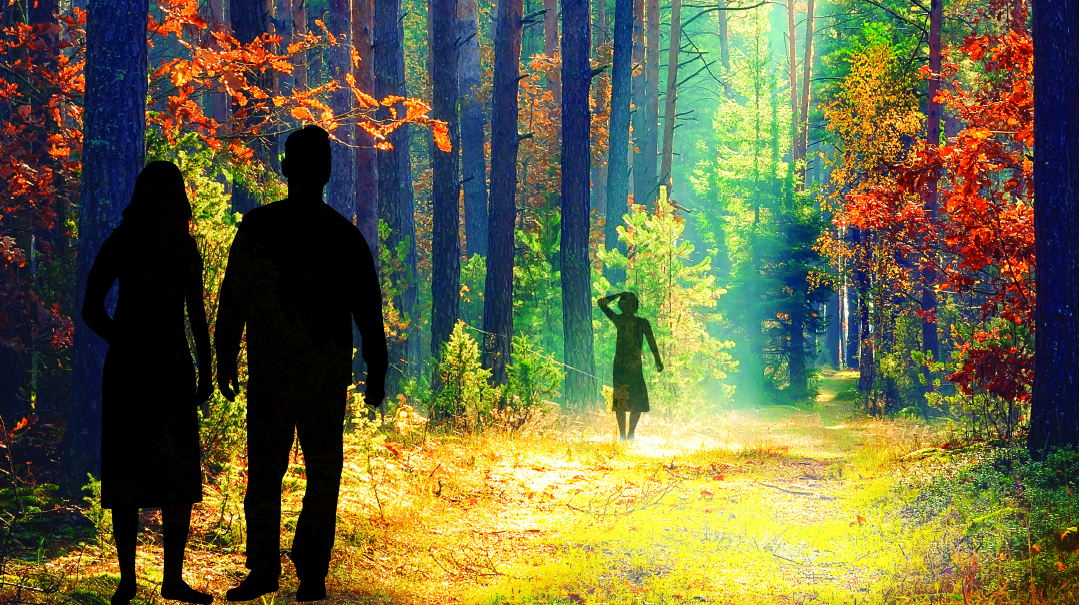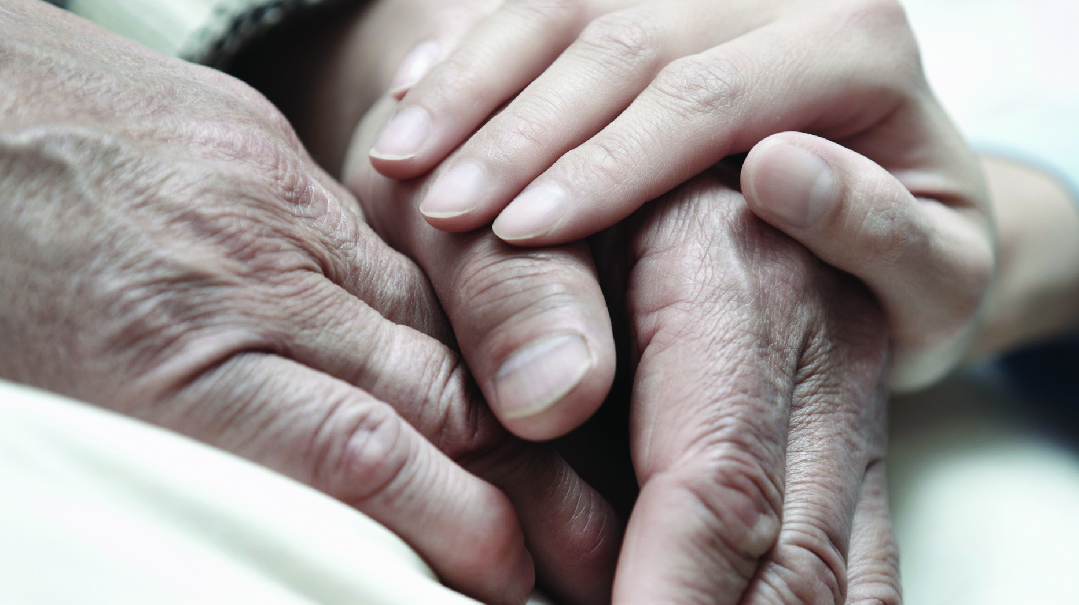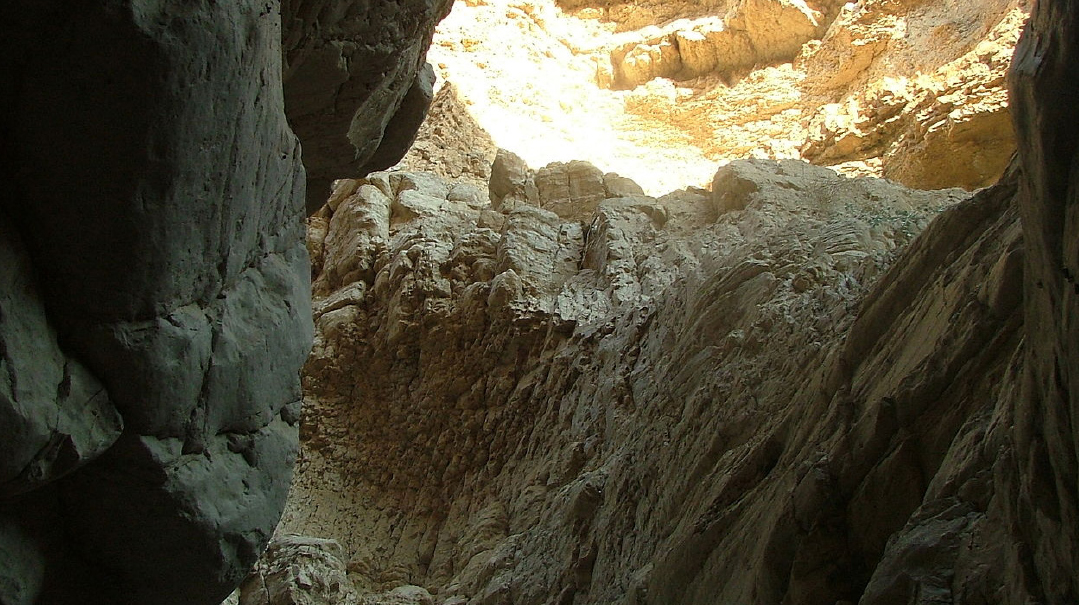Dancing Under the Umbrella

When I was growing up, dance was so much a part of my identity that I would sometimes wonder to myself whether there was anything inside me besides dance

Music is in my blood. My parents, who were singers and musicians, actually met while performing at a famous opera house, and music remained an integral part of their lives even after they became religiously observant, at which point they abandoned the theater stage and moved to Yerushalayim. Their eight children — all daughters — all received piano and voice lessons.
In this regard, I veered off their derech somewhat. From the time I was a young child, I loved to dance, and for me, music was always a platform for dance and movement. I attended an elementary school near the King George–Jaffa Street intersection, where the traffic lights would alternate between giving vehicles and pedestrians the right of way (similar to the Kikar Shabbos intersection, but larger). So mesmerized was I by the way people crossed the intersection in all directions in a perfectly choreographed formation that I would actually get off the bus on my way to school to watch the phenomenon and then board the next bus and hurry to school.
When my younger sister was diagnosed with ADHD, my parents were advised to give her dance lessons. (In those pre-Ritalin days, a strict Russian ballet teacher was the go-to prescription for teaching discipline to hyperactive kids.) I was charged with the responsibility of bringing my sister to her ballet classes, and I would stick my nose through the door and watch in fascination as she and the other girls executed pliés, tendus, and pirouettes.
As soon as I was old enough to earn my own money babysitting, I signed up for dance lessons, immersing myself in the world of classical ballet and modern dance. Since my family was religious but not strictly chareidi, this was considered acceptable as long as I trained only with girls and didn’t perform before mixed audiences.
When I was growing up, dance was so much a part of my identity that I would sometimes wonder to myself whether there was anything inside me besides dance. I would have to become handicapped in order to know the answer to that question, I mused. Because as long as my body can move, dance is me and I am dance.
My passion for dance notwithstanding, I was a good, frum girl and a solid, well-behaved student, albeit one whose legs were always moving. I attended a Bais Yaakov high school, where I quickly became the name in dance. By the time I was 15, I was choreographing dances for school performances and graduation parties, and after my father died of cancer, when I was 17, I began giving dance classes to help support the family.
In 1998, at the age of 22, I married Tzvi Dov Broide, a serious yeshivah bochur from an illustrious Bnei Brak family. (We got engaged Motzaei Purim; I often joke that if not for all the alcohol flowing on Purim, this odd shidduch could never have happened.)
After our wedding I continued giving dance lessons, now as a kollel wife supporting my husband. Instead of giving classes all over Yerushalayim, I rented my own studio in the Romema community center, where I taught dance to hundreds of students every day from 3 to 9 p.m.
When I started having children, I was no longer able to teach all these students on my own, so I began training teachers to work under me. Most of these teachers were my former students, who now received additional training from me in the morning and taught beginners in the afternoon. Catering as I was to a chareidi clientele, I couldn’t hire nonreligious teachers, so I invested much effort into training my own staff so that I could be home with my kids most afternoons. Over time, I reduced my presence at the studio to only two afternoons a week, and even so I was able to support my family nicely on the studio’s proceeds.
At this point, my dance classes were basically a fun extracurricular club (or chug, in local parlance). But I dreamed of taking my studio to the next level and making it more professional. Why not teach my students to really connect to the soul and spirit of dance, as I did?
Oops! We could not locate your form.













